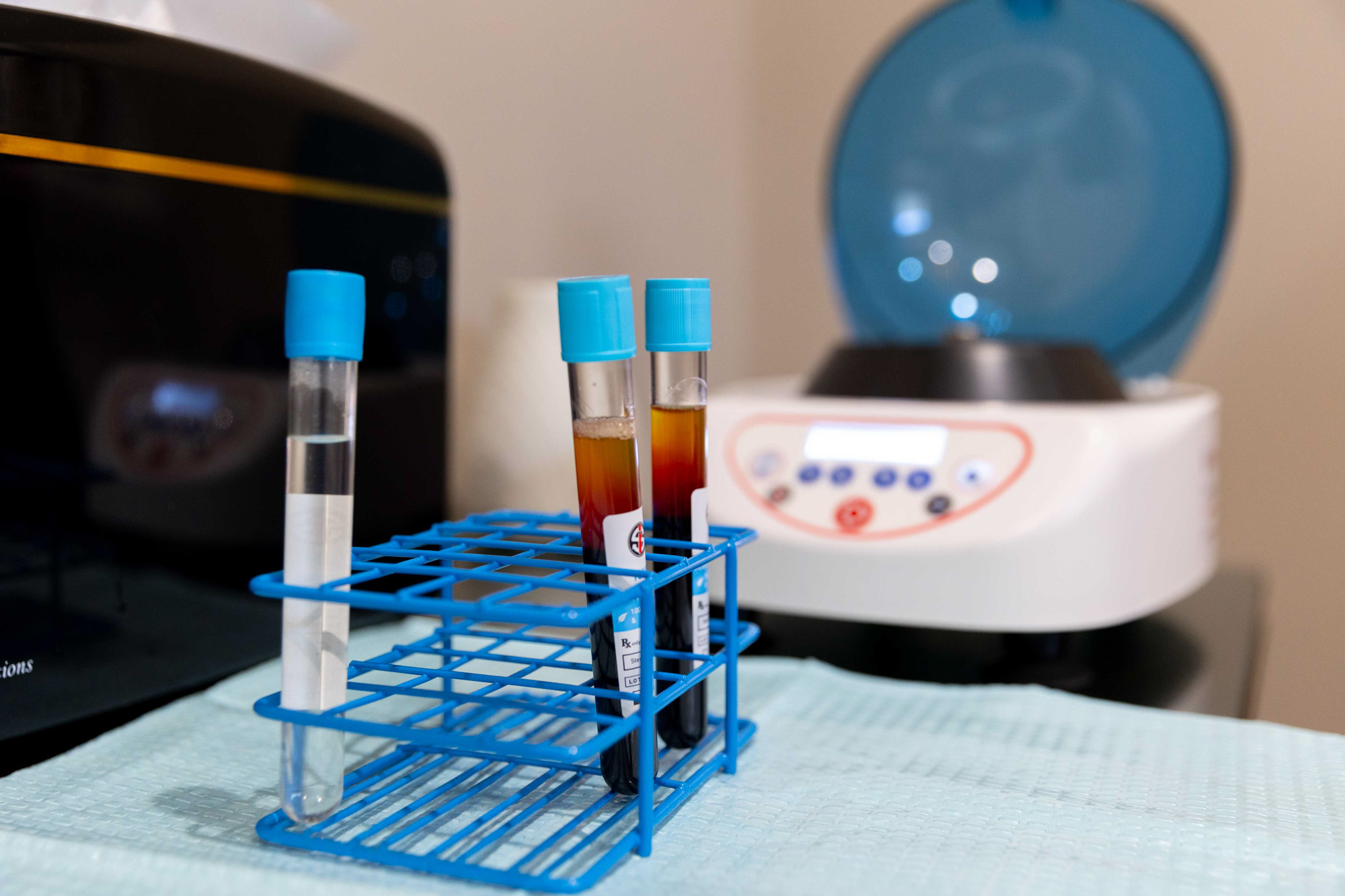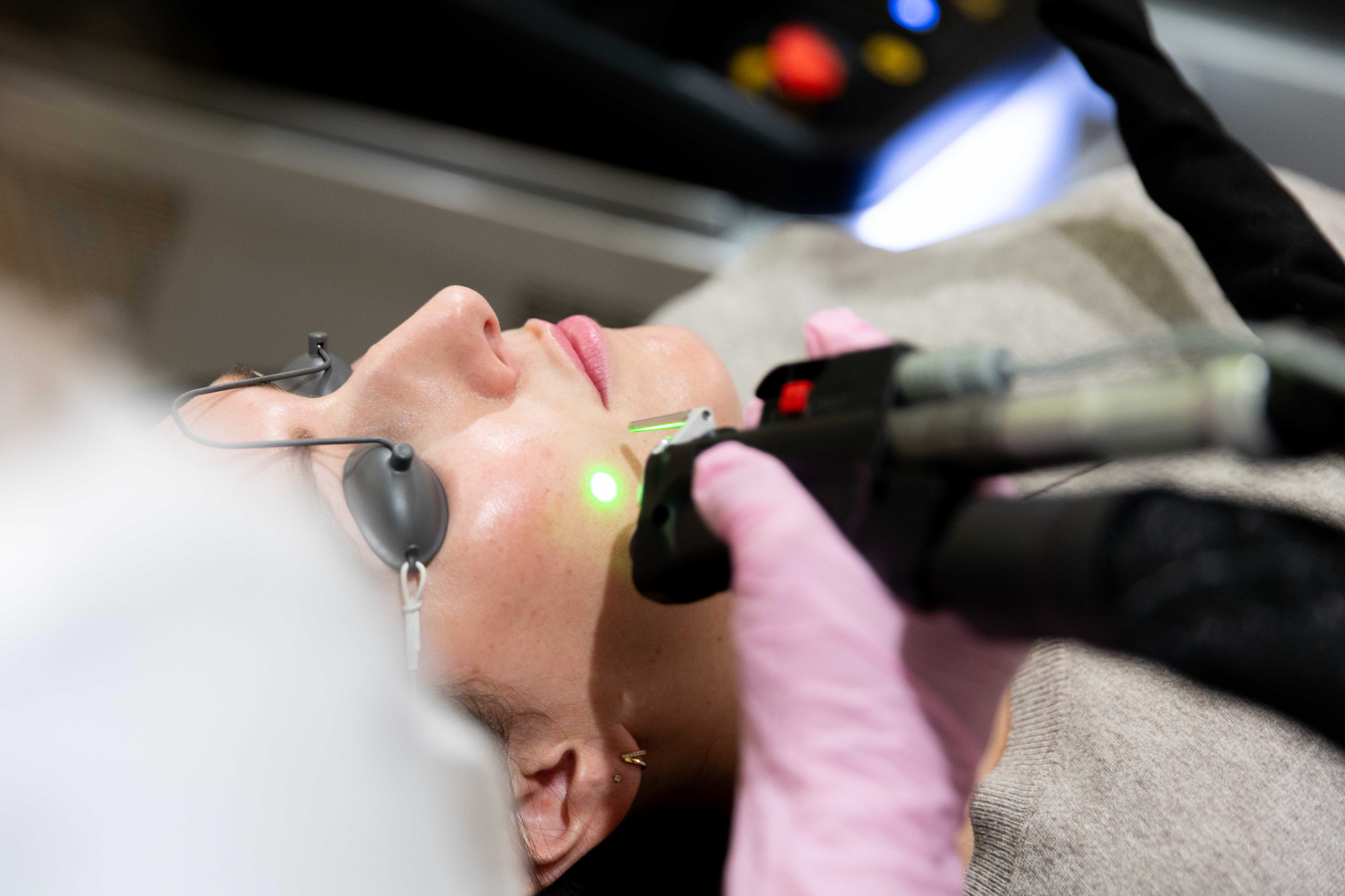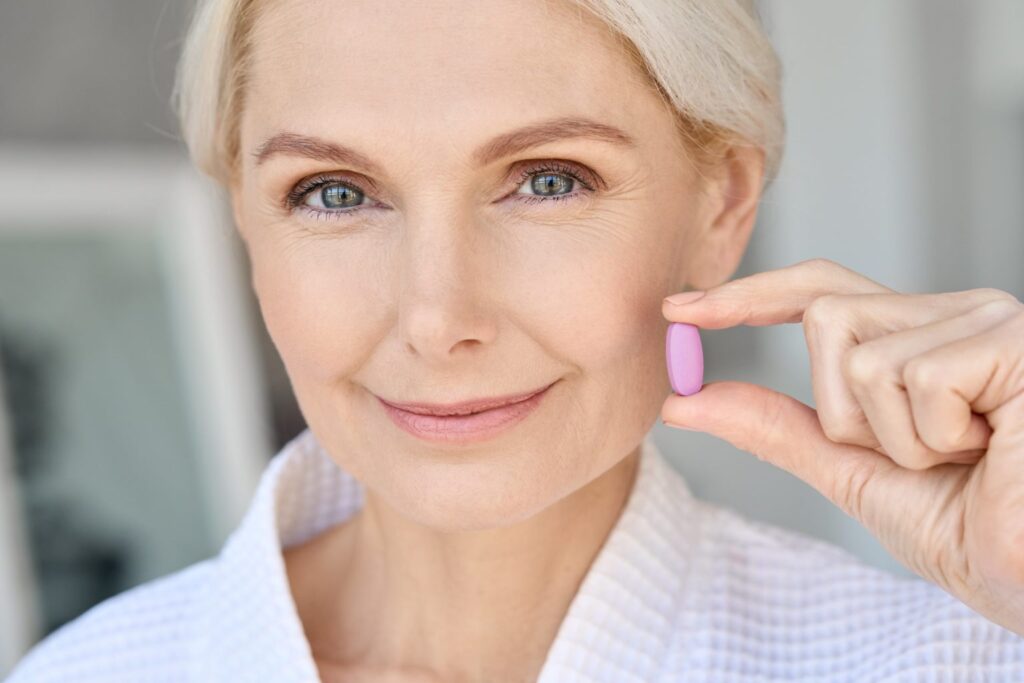
Chemical peels are a popular cosmetic treatment that can improve the appearance of skin by dead skin cell elimination and new cell growth stimulation. They are a noninvasive way to improve the texture and tone of the skin, reduce the appearance of fine lines and wrinkles, and treat acne and other skin conditions.
Today, in this article, we will discuss chemical peels in detail, including what they are, how they work, the different types of chemical peels, and what to expect during and after a chemical peel. Read until the end and discover if chemical peels can work for you.
What are Chemical Peels?
As a cosmetic treatment, chemical peels involve applying chemical solutions to the skin. The solution causes the outer layers of the skin to peel away. Then, it reveals fresh, new skin underneath. Chemical peels can be performed on the face, neck, chest, and hands.
A chemical peel is a medical treatment to improve your skin’s appearance. The procedure uses an FDA-approved chemical mixture to remove dead skin and other pollutants, revealing a vibrant and more youthful layer. Unlike other treatments, a chemical peel does not require injections, incisions, or any invasive procedure, making it among the most popular options available on the skincare market.
Benefits of Chemical Peels
As popular as a cosmetic procedure nowadays, chemical peels can provide numerous benefits for the skin. The treatment involves the application of a chemical solution to the skin, which causes the outer layer to peel away, revealing smoother, healthier-looking skin underneath. Here are some of the benefits of chemical peels:
- Improves Skin Texture: Chemical peels can help improve the skin’s texture by removing dead skin cells and promoting the growth of new cells. This benefit can result in smoother, more even-looking skin.
- Reduces Hyperpigmentation: Chemical peels can also help diminish hyperpigmentation appearances, such as sun damage and dark spots. The chemical solution can penetrate deep into the skin to break down excess melanin, which can cause discoloration.
- Minimizes Fine Lines and Wrinkles: Chemical peels can aid in reducing fine lines and wrinkle appearance. Removing dead skin from the outer layers stimulates the skin to produce collagen and elastin, which can improve the overall texture and elasticity of the skin.
- Clears Acne and Reduces Acne Scarring: Chemical peels can effectively treat acne and reduce the appearance of acne scars. The chemical solution can penetrate deep into the pores to unclog them and reduce inflammation, resulting in clearer, smoother skin.
- Improves Skin Tone: Chemical peels can help improve the skin’s overall tone by removing dull, damaged skin cells and promoting the growth of new, healthy cells. This factor can result in a more even complexion and brighter-looking skin.
- Can be Customized: Chemical peels can be customized to meet each patient’s specific needs. Different strengths and types of chemical solutions can be used depending on the patient’s skin type and concerns.
In conclusion, chemical peels offer numerous benefits for the skin, including improved texture, reduced hyperpigmentation, minimized fine lines and wrinkles, cleared acne and reduced scarring, improved skin tone, and customization options. Suppose you’re interested in getting a chemical peel. In that case, you must consult a qualified skincare professional to determine if it’s right for you and what type of peel would be most effective for your needs.
How do Chemical Peels Work?
Chemical peels work wonders by exfoliating the skin and stimulating new cell growth. The chemical solution applied to the skin causes the skin’s outer layers to peel away, revealing fresh, new skin underneath. This new skin is smoother, softer, and more an even tone and texture than the old skin.
The chemical solution used in a chemical peel can be either an alpha-hydroxy acid (AHA), beta-hydroxy acid (BHA), or a combination of both. AHAs are water-soluble acids derived from fruit and milk and are effective in treating fine lines, sun damage, and dry skin. BHAs are oil-soluble acids that penetrate deeper into the skin and effectively treat acne, oily skin, and blackheads.
What to Expect During and After Chemical Peels?
Chemical peels are a popular cosmetic treatment that involves a chemical solution applied to the skin to remove accumulated dead skin cells from its top layers. This process can improve the appearance of fine lines, wrinkles, age spots, acne scars, and uneven skin tone. However, there are several things to expect before, during, and after chemical peels.
Before the Chemical Peel:
Before getting a chemical peel, it is essential to consult with a dermatologist or an esthetician to determine if the procedure is suitable for your skin type and any skin concerns you may have. The professional will ask about your medical history, including any allergies, medications, or medical conditions, and evaluate your skin type and concerns to determine the most appropriate type of chemical peel.
You may need to stop using certain skincare products, including retinoids, exfoliants, and other topical medications, for several days before the peel. Additionally, you may need to avoid direct sunlight and wear sunscreen to protect your skin from sun damage.
During the Chemical Peel:
During the chemical peel, the esthetician or dermatologist will cleanse your skin and apply the chemical solution to your face. The answer may cause a stinging or burning sensation, which should subside within a few minutes. The esthetician may use a fan or cool compresses to help alleviate any discomfort.
Depending on the strength of the chemical peel, you may experience redness, swelling, and peeling for several days to a week after the treatment. The downtime may vary from person to person, so it’s essential to follow your provider’s instructions carefully.
After the Chemical Peel:
After the chemical peel, following the aftercare instructions provided by the esthetician or dermatologist is vital. These instructions may include using gentle skin care products, avoiding sun exposure, and staying hydrated.
After treatment, our skin may be more sensitive to sunlight, so it’s crucial to wear sunscreen daily and avoid direct sunlight as much as possible. Additionally, you may need to avoid using retinoids and other topical medications until your skin has fully healed from the chemical peel.
Final Thoughts on Chemical Peels
In conclusion, getting a chemical peel can improve your skin’s appearance, but it’s essential to learn expectations before, during, and after the treatment. By following the aftercare instructions provided by your skincare professional, you can achieve the best results and maintain healthy, glowing skin.
If you are interested in chemical peels, our wonderful friends at Peninsula Glow Medical Spa can help today. Visit them now!























